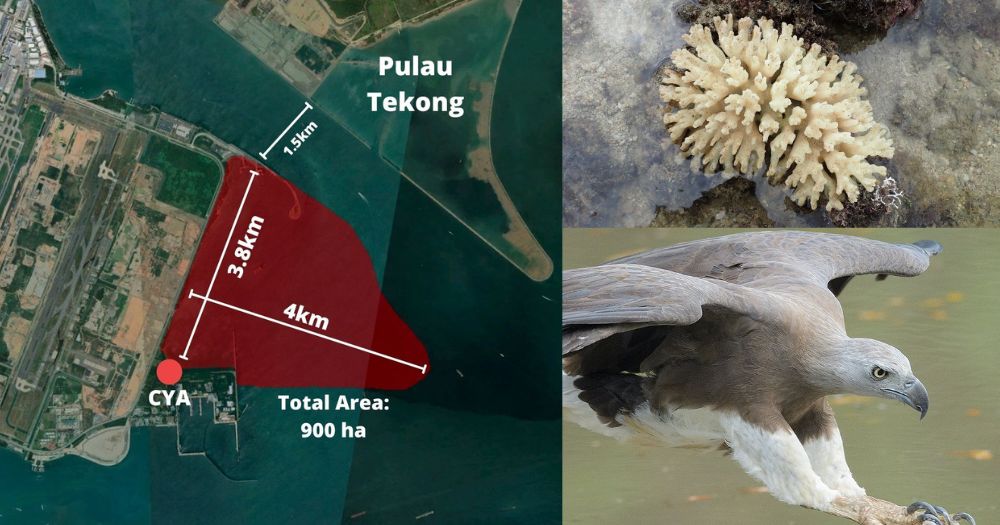Follow us on Telegram for the latest updates: https://t.me/mothershipsg
Land reclamation to extend the Changi Bay shoreline will start soon, with project works expected to commence in 2022.
The project is managed by the Housing Development Board (HDB).
The Changi Bay reclamation has been alluded to in planning maps since the 2013 Land Use Plan as well as in the recent Urban Redevelopment Authority Long-Term Plan Review, where the area is designated as a "reserve site".
The environmental impact assessment report for the reclamation of Changi Bay has been available for public viewing since Jul. 12, 2022.
Here are some key points from the report as seen by Mothership.
The project will take at least 10 years
The reclamation will extend the landmass at Changi Bay by about 4km in the southeast direction.
To facilitate the project, a construction yard area (CYA) will first be built at the southwest corner of the bay, near Tanah Merah Coast Road.
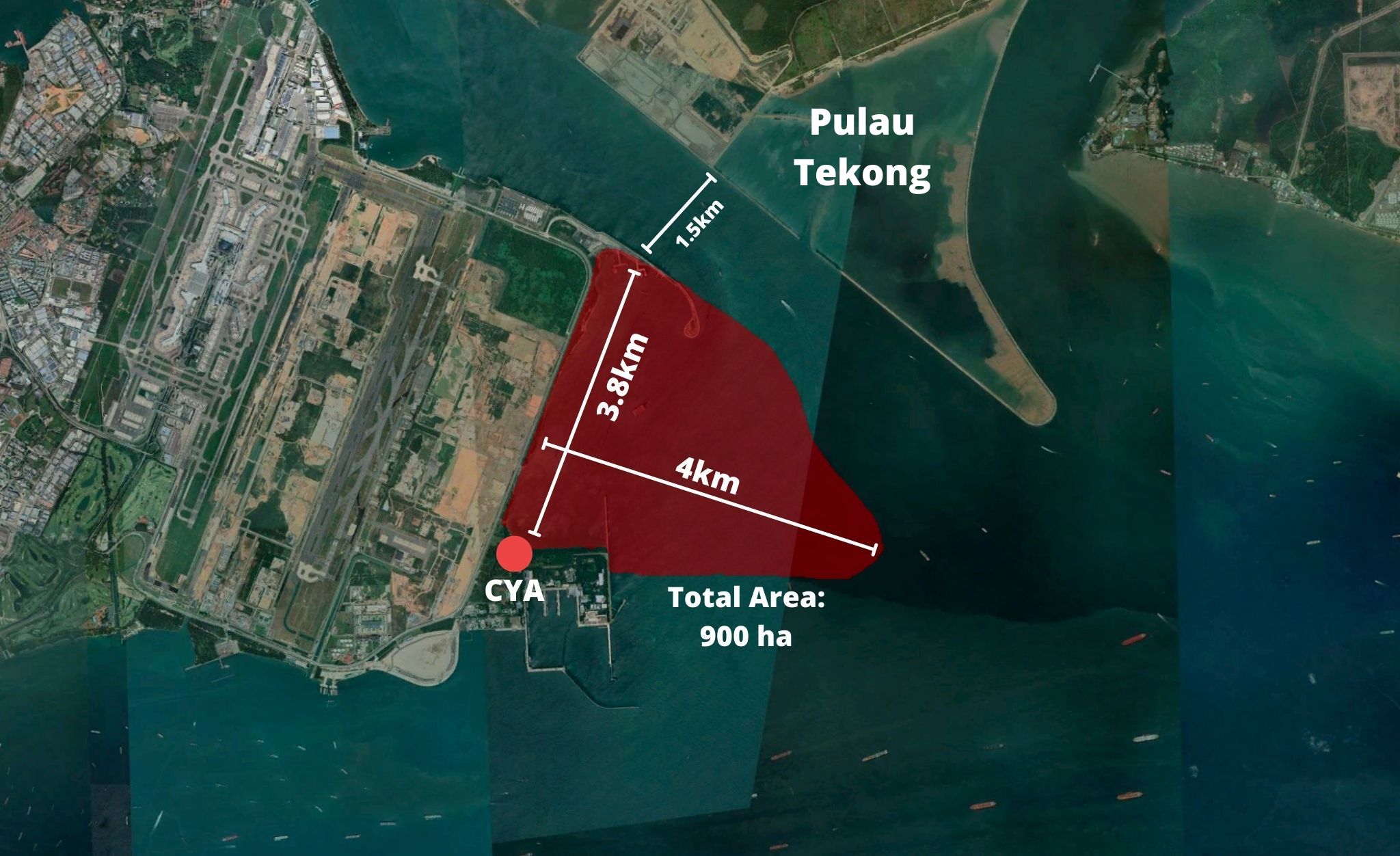 Image by Gawain Pek.
Image by Gawain Pek.
This will begin in the later half of 2022, with initial sand infilling also expected to commence by the end of 2022.
However, the construction of the containment bund is expected to begin in 2023, the report wrote.
Taking place over a period of at least 10 years, the reclamation project will add around 900 hectares of land area to the Changi coastline once completed.
Specific use for the land has yet to be determined, according to a HDB spokesperson who spoke to The Straits Times (ST).
Naturalised coastal habitat
While the report also projected effects of the reclamation on nearby coastal habitats like Changi Beach to the north and Tanah Merah Ferry Terminal to the South, the main area affected is Changi Bay itself.
The report noted that the Changi Bay shoreline was created as part of a previous reclamation in the 1990s.
“The entire shorelines is man-made, but ecological communities have established”, the report wrote.
Two intertidal surveys were cited as part of the report – one conducted in 2015 and the other more recently in 2021.
Seagrass, dugongs and other marine mammals recorded near project site
The 2021 survey looked at three patches of seagrass towards the southwest-side of Changi Bay, with the largest of them covering around 290m2 of land area.
Seagrass serve an important ecological role by cycling nutrients, and provide food for marine mammals such as Dugongs.
Dugong feeding trails have been spotted near Changi Bay at Chek Jawa in the past, as recorded on Wild Singapore.
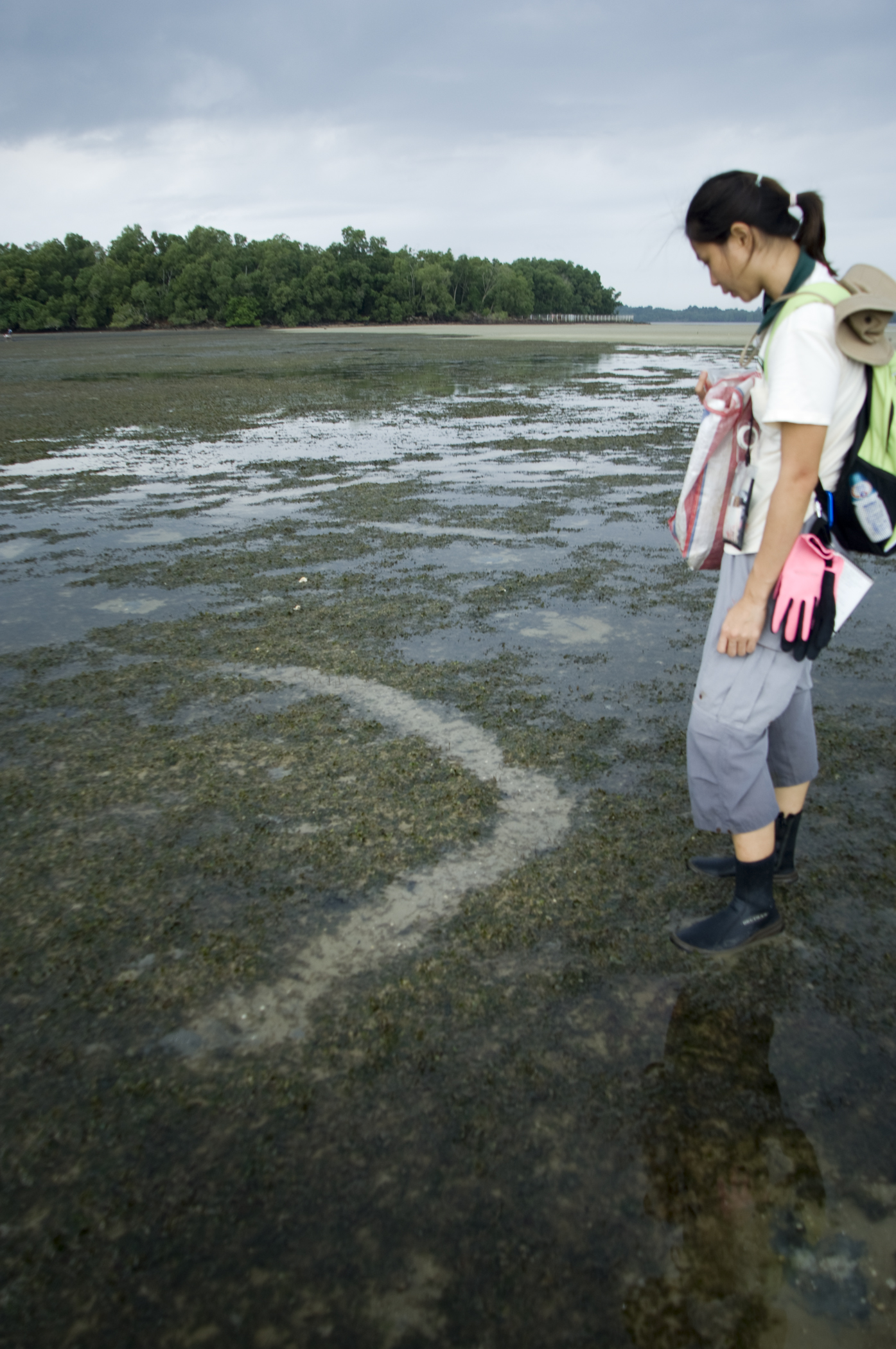 Dugong feeding trail found at Chek Jawa in 2007. Photo courtesy of Ria Tan via Wild Singapore.
Dugong feeding trail found at Chek Jawa in 2007. Photo courtesy of Ria Tan via Wild Singapore.
The report noted that past sightings of Dugongs, along with other marine mammals like the Indo-pacific bottlenose dolphins, Humpback dolphins, Finless porpoise, occured further west near the St. John's-Seringat-Lazaraus group of islands, which is away from the project site.
However, conservationists have spotted possible Dugong feeding trails within Changi Bay itself in June 2022.
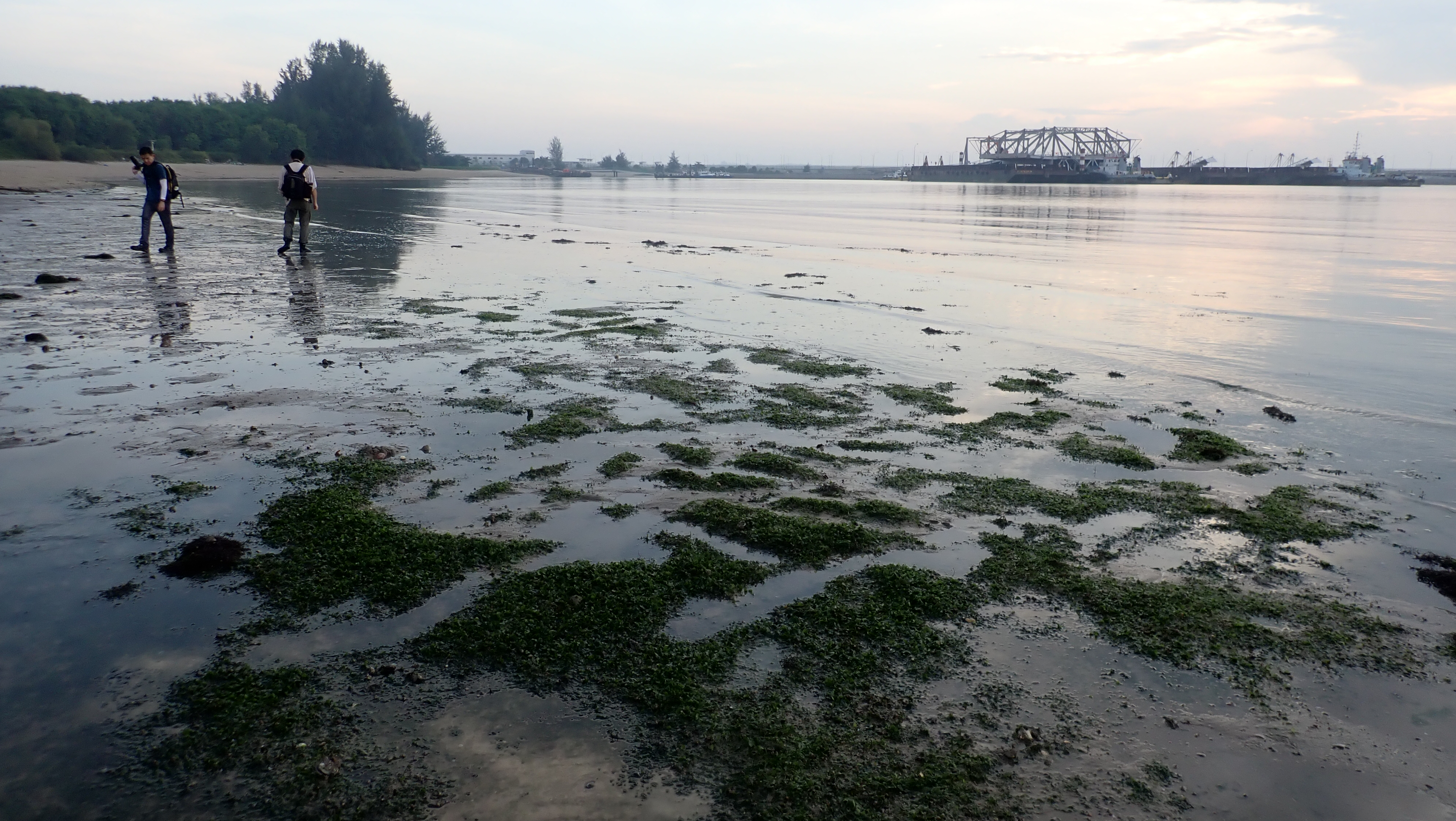 Possible Dugong feeding trails spotted at Changi Bay in June 2022. Photo courtesy of Ria Tan via Wild Singapore.
Possible Dugong feeding trails spotted at Changi Bay in June 2022. Photo courtesy of Ria Tan via Wild Singapore.
"Uncommon" coral species recorded during survey
In a survey of coral habitats in and around Changi Bay, the report noted that several corals found at the rock bund at the southern end of Changi Bay and at Changi Finger are considered rare or uncommon in Singapore.
The genus of the corals recorded include: Acropora, Goniastrea, Platygyra, Podabacia, Lobophyllia, Symphyllia, Pocillopora, and Pseudosiderastrea.
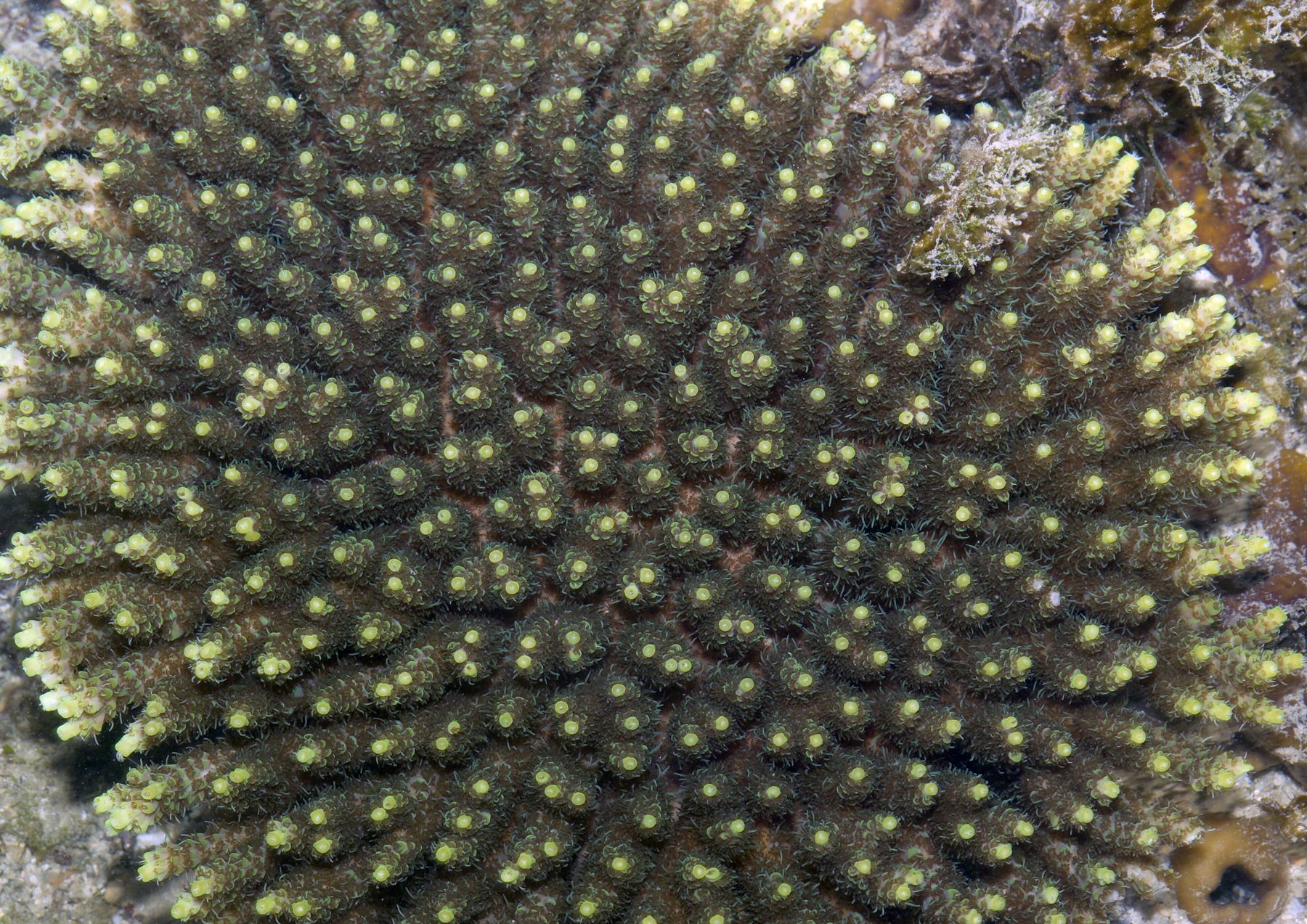 A coral from the Acropora genus, one of the several uncommon corals found in Changi Bay according to the report. Photo courtesy of Ria Tan via Wild Singapore.
A coral from the Acropora genus, one of the several uncommon corals found in Changi Bay according to the report. Photo courtesy of Ria Tan via Wild Singapore.
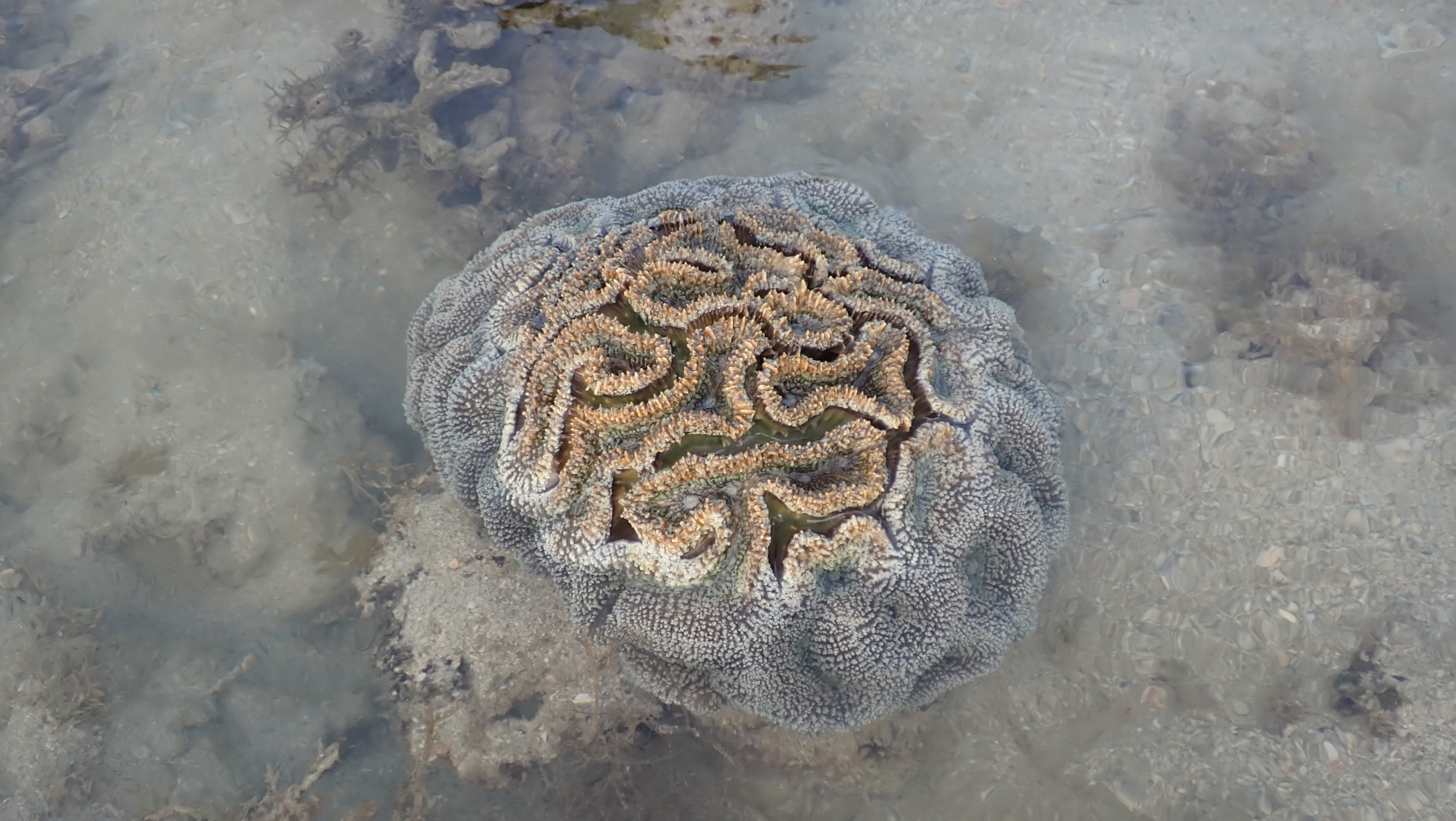 Coral from the Lobophyllia genus, one of the several uncommon corals found in Changi Bay according to the report. Photo courtesy of Ria Tan via Wild Singapore.
Coral from the Lobophyllia genus, one of the several uncommon corals found in Changi Bay according to the report. Photo courtesy of Ria Tan via Wild Singapore.
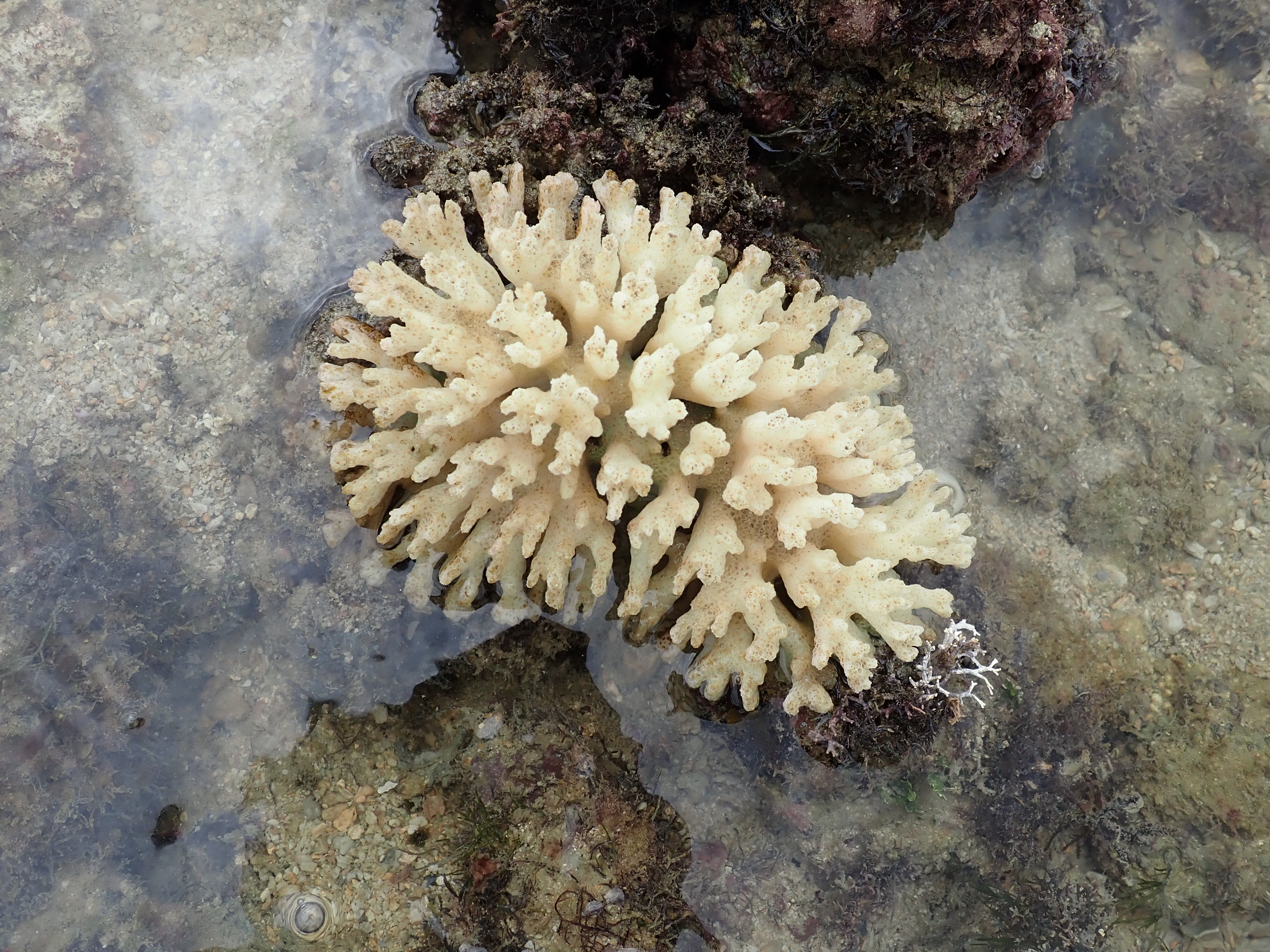 Coral from the Pocillopora genus, one of the several uncommon corals found in Changi Bay according to the report. Photo courtesy of Ria Tan via Wild Singapore.
Coral from the Pocillopora genus, one of the several uncommon corals found in Changi Bay according to the report. Photo courtesy of Ria Tan via Wild Singapore.
The report recommends targeted relocation of the corals before the start of construction works.
Turtle nesting site recorded at Changi Bay
Turtle nesting site at Changi Bay has also been recorded by NParks in December 2020, the report noted.
Hawksbill turtles are listed as "Critically Endangered" in the Singapore Red Data Book.
However, the report also noted that the nesting at Changi Bay was "small-scale" and "opportunistic".
To mitigate the impact on the turtles, the report recommends the monitoring of the Changi Bay shoreline annually during the turtle nesting season (between June and September) until the start of reclamation works and if needed, to relocate any turtle eggs to a secure nesting area before they hatch.
Other Vulnerable species found
Other marine species found at Changi Bay include the Tiger moon snail, Sand dollars, Blue spotted stingray and sea cucumbers, according to the report.
The survey also found "Vulnerable" species such as the Dubious nerite snail, Noble volute and Smooth-coated otters within the Changi Bay area.
Some conservation-significant species sighted at CYA area on land
On land, the first area to be affected by the project works is the site of the CYA, which will require clearing about 7.2 hectares of vegetation, scrubland, and grassland.
Two native, endangered tree species found
The environmental impact assessment report survey found 21 tree species within the designated CYA site, according to the report.
Most notably, they recorded two individuals belonging to endangered, native tree species.
They are Guettarda speciosa, which is a type of shrub, and Heritiera littoralis, a mangrove species.
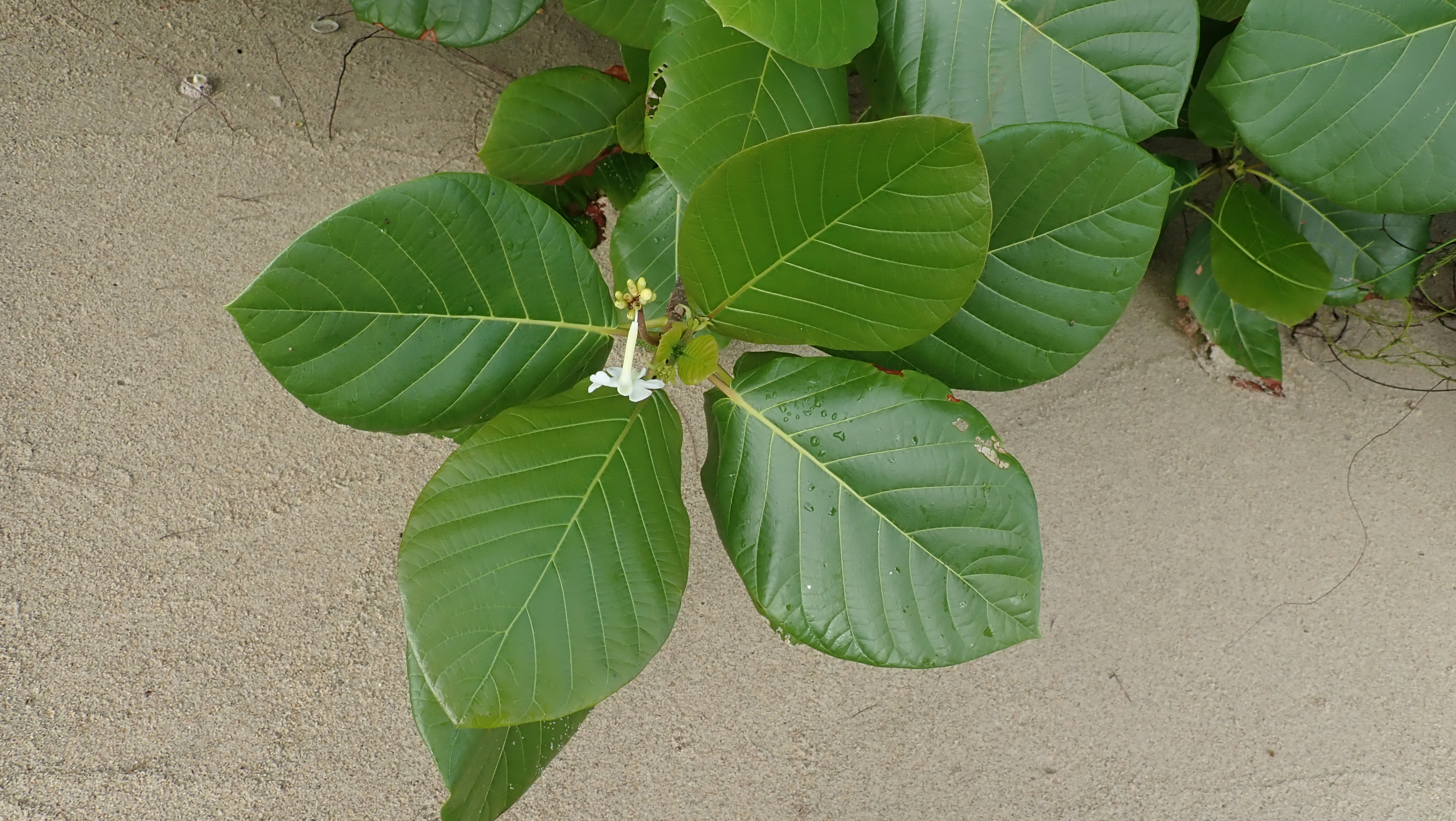 Flower and leaves of the Guettarda speciosa, one of two endangered trees found within the CYA site. Photo courtesy of Ria Tan via Wild Singapore.
Flower and leaves of the Guettarda speciosa, one of two endangered trees found within the CYA site. Photo courtesy of Ria Tan via Wild Singapore.
The report recommends transplanting these trees before construction works.
Apart from the few conservation significant species recorded, the CYA site was dominated by plant species that are commonly found in Singapore, the report surveys found.
The report notes that given the relatively small area affected and the temporary nature of the CYA, it expects the floral community to re-establish once the CYA activities are completed.
Near-threatened bird species spotted
The surveys also found that out of all species types, avifauna had the highest conservation significance.
Birds found within the project area include the near-threatened Grey-headed fish eagle, as well as the Changeable hawk-eagle, Black-crowned night heron, Red-wattled lapwing, Red-legged crakes, and the Red-breasted parakeet.
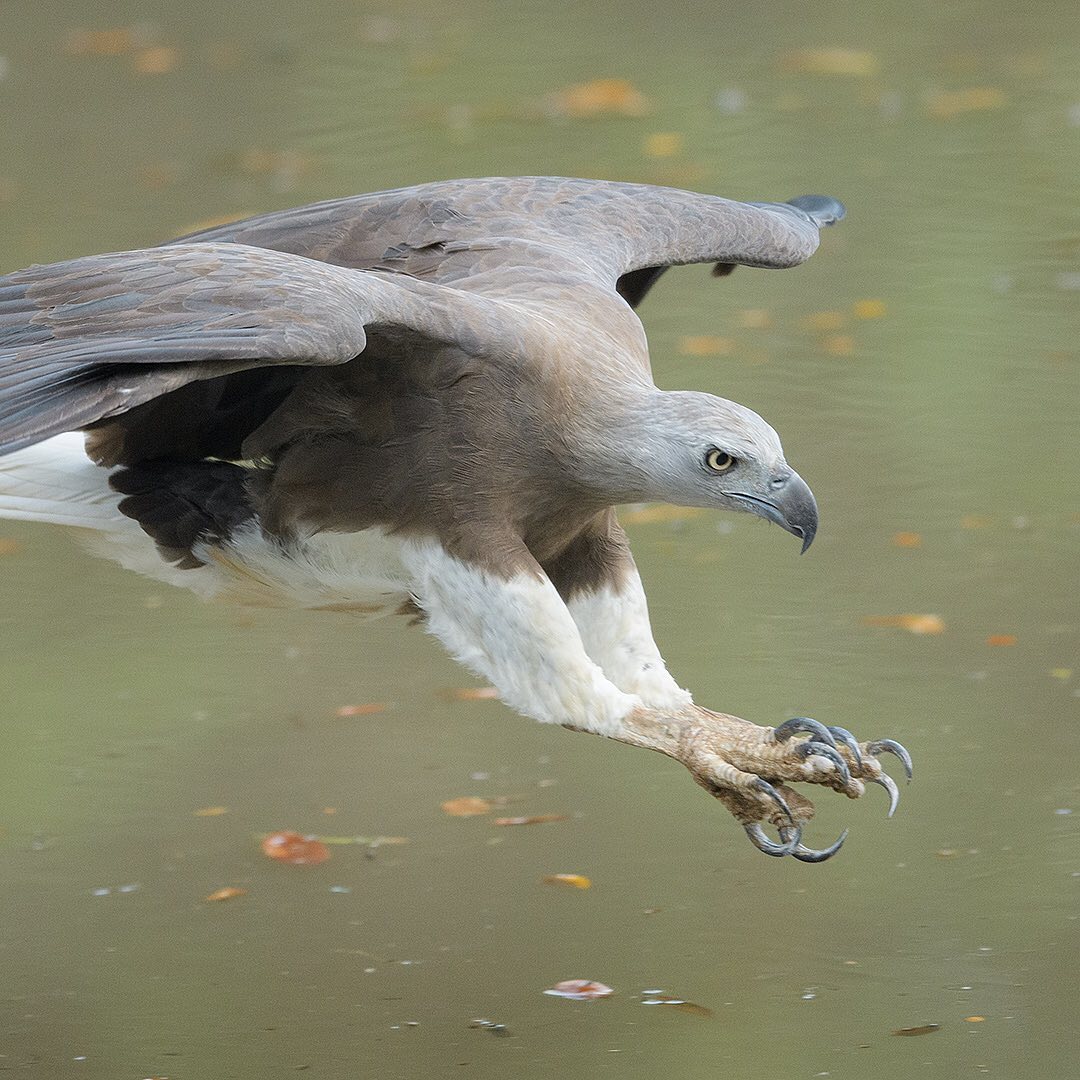 The Grey-headed fish eagle, of which one individual was spotted during the report survey. Photo courtesy of Francis Yap via Instagram.
The Grey-headed fish eagle, of which one individual was spotted during the report survey. Photo courtesy of Francis Yap via Instagram.
Development can go hand in hand with conservation
Speaking to Mothership, nature enthusiast Ria Tan, who runs a long-running blog called "Wild Singapore", shared that though the current Changi Bay shoreline was created from past reclamation, the shore has grown to be a unique place in Singapore.
Apart from the ecological communities that have re-established itself and thrived there, Tan shared that the shore is one "you don't get anywhere else in Singapore".
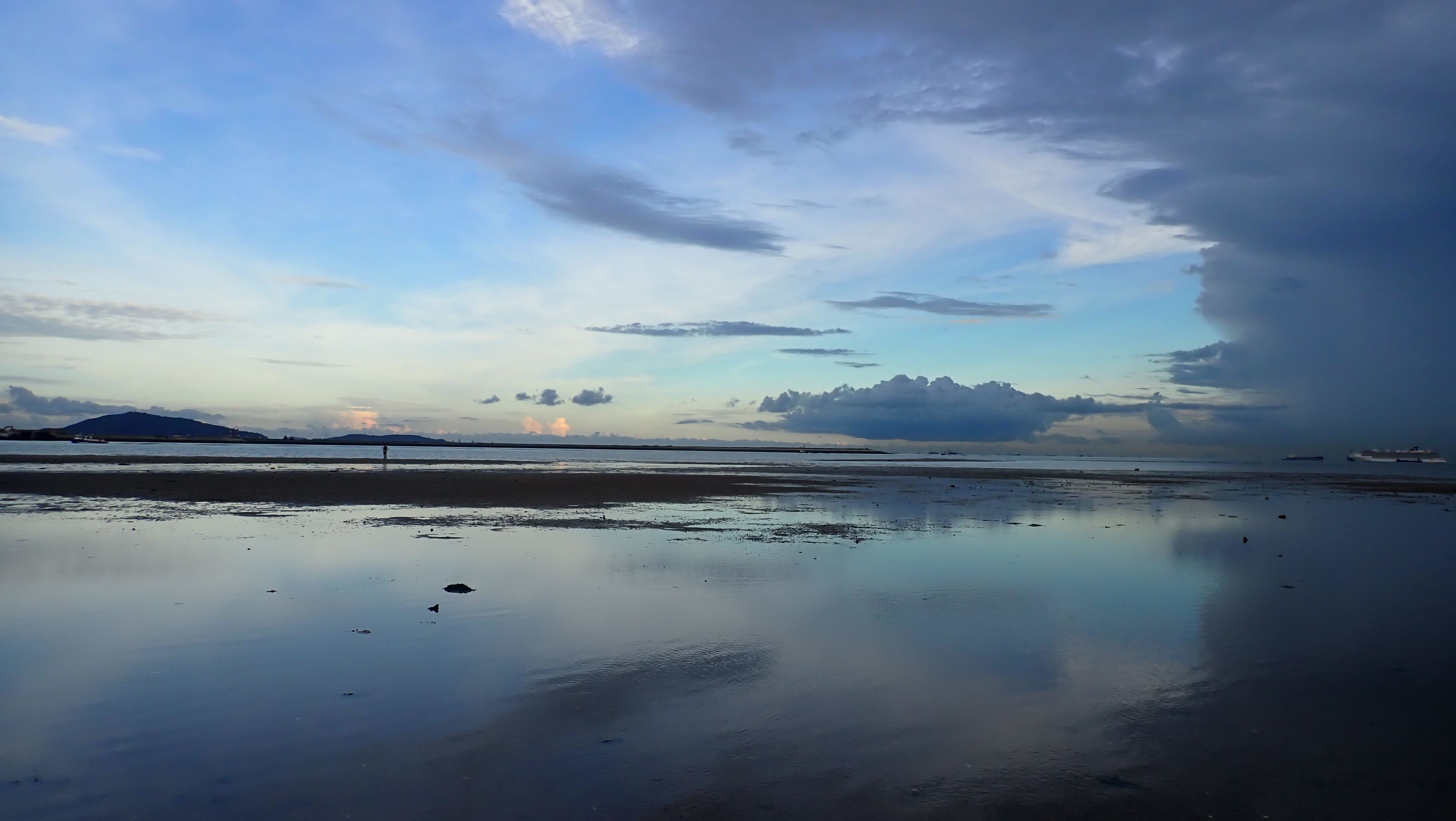 Photo courtesy of Ria Tan via Wild Singapore.
Photo courtesy of Ria Tan via Wild Singapore.
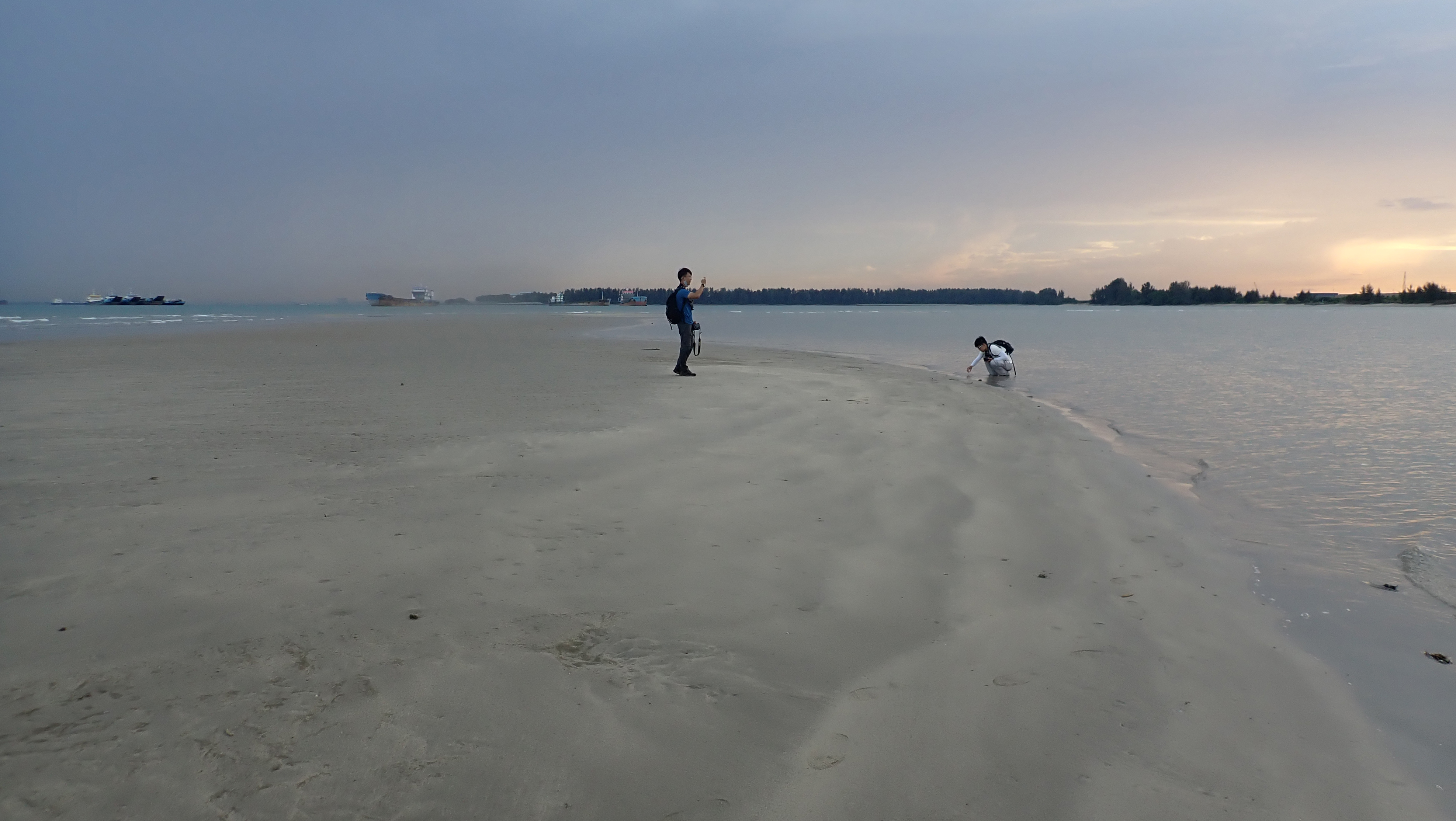 Changi Bay sand bank at dusk. Photo courtesy of Ria Tan via Wild Singapore.
Changi Bay sand bank at dusk. Photo courtesy of Ria Tan via Wild Singapore.
On the reclamation, Tan said that "we have to do this thing. But can we do it in a way that is a win win?"
Tan shared that it just takes "slight adjustments in engineering".
For example, the current biodiversity and ecological community at Changi Bay "cost nothing", but it has established itself because floral and fauna have been given space to grow, Tan added.
In her feedback to HDB, she shared with the authorities that she hopes arrangements can be made by them such that the public will be able to visit the area without being required to apply for a permit before development commences.
"People cannot care about something that they have not experienced," Tan elaborated on why she feels the public should be allowed to visit the site, whether it is to see the shore for the last time before it is "completely lost forever" or to provide feedback on the development plan for the site.
The marine conservation community would be "happy to help run guided walks", she said.
Public viewing of report open until Aug. 8, 2022
HDB commented that all mitigation measures recommended by the report will be implemented, ST reported.
The environmental impact assessment report for the reclamation of Changi Bay will be available till Aug. 8, 2022.
The viewing is by appointment only.
Visit here to find out more about viewing the report.
Related articles:
Top image courtesy of Ria Tan via Wild Singapore, Francis Yap via Instagram
If you like what you read, follow us on Facebook, Instagram, Twitter and Telegram to get the latest updates.
